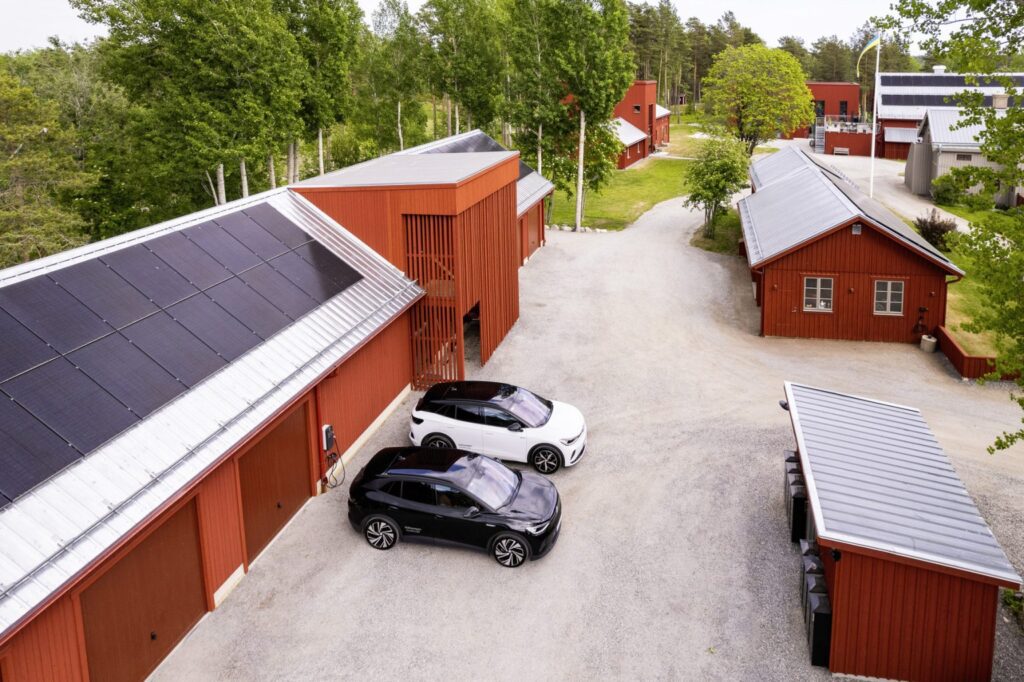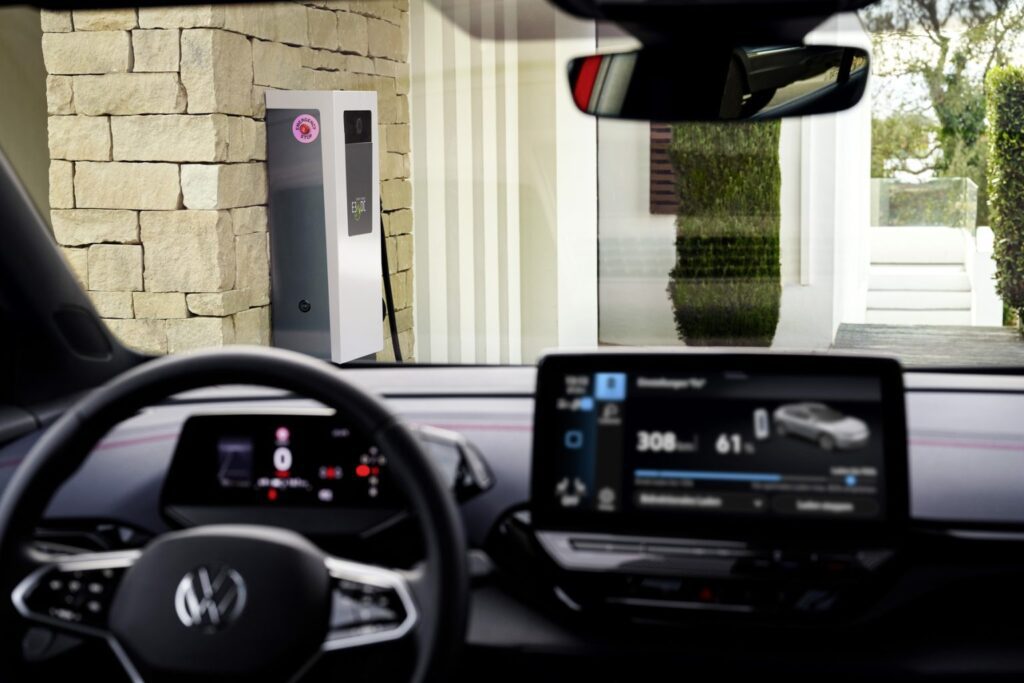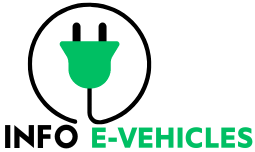In a groundbreaking move, Volkswagen has introduced a revolutionary feature in their new ID. Family models – the capability of Bidirectional Charging. This marks a significant leap in how electric vehicles interact with our daily lives, allowing them not only to consume energy but also to contribute power back to the grid. Let’s delve into the details of this innovative technology and its implications for sustainable living.
Understanding Bidirectional Charging
Bidirectional Charging, the core technology at play, enables electric vehicles to function as more than just means of transportation. In the case of the ID. Family models, this feature is available in vehicles equipped with a 77 kWh battery and ID. Software 3.5 or higher. The vehicle can draw power when needed, but what sets it apart is its ability to give back to the grid when the home storage system requires more energy.
Empowering Homes: The Role of HEMS
The bidirectional charging functionality works in tandem with a Home Energy Management System (HEMS) developed in collaboration with Volkswagen’s partner, HagerEnergy GmBH. This integrated system ensures a seamless coordination between the ID. Family model and power stations, optimizing energy use without compromising performance.
Volkswagen’s Commitment to Sustainability
Imelda Labbé, Volkswagen Board Member for Sales, Marketing, and After Sales, expressed the company’s dedication to shaping the energy transition. She stated, “With the bidirectional charging function now available, we have tailored a new service offering to the needs of our customers, allowing them to save energy costs and make a significant contribution to the sustainable use of energy.”




Estimating the Impact: Two Days of Power
Volkswagen estimates that an ID. Family model with bidirectional charging can supply enough electricity to sustain an average household for two full days, assuming a daily consumption rate of 30 kWh. However, it’s essential to note that the high-voltage battery should not be discharged below 20% state of charge for optimal performance.


Industry Trends: Beyond Volkswagen
While Volkswagen leads the charge in bidirectional charging, other automakers are also joining the fray. Tesla’s Cybertruck Powershare feature and Ford’s all-electric F-150 Lightning boast similar capabilities. This shift towards bidirectional charging is transforming how we perceive electric vehicles, no longer as mere consumers but as active contributors to our energy ecosystem.
Real-world Testing: The Swedish Pilot Project
Volkswagen, in collaboration with HagerEnergy GmBH, initiated a pilot project in Sweden to test the ID. Family’s bidirectional charging capabilities. The project focused on revitalizing a 350-year-old farm in Hudiksvall, Sweden, transformed into a modern, sustainable settlement by entrepreneur Klas Boman.
Boman expressed his enthusiasm for the project, stating, “Stenberg is a once-in-a-lifetime project. When we decided to realize ‘the other 350-year project,’ energy and the environment were key. Every decision was made with these aspects in mind. The use of electric vehicles as energy storage was considered from the outset.”
Conclusion
Volkswagen’s venture into bidirectional charging with its ID. Family models is a pivotal moment in the automotive industry’s journey towards sustainability. By enabling electric vehicles to contribute back to the grid, Volkswagen is actively shaping a future where these vehicles play a central role in the broader energy ecosystem, ushering in a new era of sustainable living.
Watch Franz’s You Tube Video About Volkswagen Feature Of Bidirectional Charging Below
ALSO READ :-
Tesla Cybertruck Outshines Ford F-150 Raptor R on Pavement in Unconventional Drag Race
Tesla Explores Potential 790-Acre Site in Thailand for Strategic Expansion
SOURCE : TESLARATI
FAQs
What is Bidirectional Charging?
Bidirectional Charging allows electric vehicles not only to draw power from the grid but also to feed electricity back into it.
Which Volkswagen models offer Bidirectional Charging?
Volkswagen’s bidirectional charging capabilities are available in new ID. Family models equipped with a 77 kWh battery and ID. Software 3.5 or higher.
How does Volkswagen’s Bidirectional Charging work with Home Power Stations?
When a home storage system requires more energy, the ID. Family model’s bidirectional charging activates the home power station. Once the home storage system is fully charged, the vehicle transitions into standby mode, halting the transfer of energy.
What is the estimated capacity of an ID. Family model with Bidirectional Charging?
Volkswagen estimates that an ID. Family model with bidirectional charging can supply enough electricity to sustain an average household for two full days, assuming a daily consumption rate of 30 kWh.
Can the high-voltage battery in the ID model be discharged below a certain state of charge?
Volkswagen advises against discharging the ID model’s high-voltage battery below 20% state of charge to ensure optimal performance and longevity.
